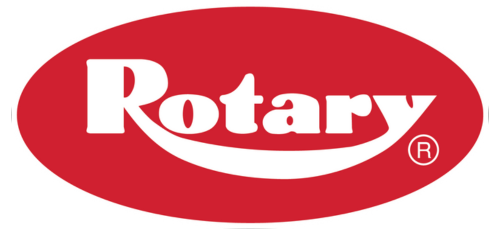 Can I install a lift outside? If I do, will it void my warranty? These are common questions we get on our website, and the answer is…maybe! First we have to set some terminology. “Outside” for our discussion will be just that; outdoors, with no cover, no overhang and no protection from the elements. “Open Air” is not in a building proper, but does have a roof or overhead cover of some sort and has protection from the elements; especially rain and/or snow. So the long and short of it: No to an outside lift, Yes for an open air lift.
Can I install a lift outside? If I do, will it void my warranty? These are common questions we get on our website, and the answer is…maybe! First we have to set some terminology. “Outside” for our discussion will be just that; outdoors, with no cover, no overhang and no protection from the elements. “Open Air” is not in a building proper, but does have a roof or overhead cover of some sort and has protection from the elements; especially rain and/or snow. So the long and short of it: No to an outside lift, Yes for an open air lift.
So why would someone even want an open air lift? There are a number of reasons. First, perhaps you have the need for another lift, but simply don’t have the interior shop space. Second, maybe you have ceiling height issues and cannot physically handle a standard height lift. Maybe you have a free spirited technician that cannot work indoors and prefers fresh air and open spaces. Regardless, open air lifts can be just as productive as any other lift in your shop, but will require more attention.
Installing an Open Air Lift
The installation for an open air lift is similar to a standard install, with a few key changes. Installing outdoors means all electrical must meet local codes concerning the application. This may include, but is not limited to, Ground Fault Interrupter (GFI) circuit breakers and watertight conduit and fittings. The same concrete requirements apply, as well as proximity to certain hazards. A common issue comes when customers have asphalt lots and want to install a lift there. Asphalt does not meet the 3000 psi requirement for install and will soften with heat, which may allow the anchors to pull out. If you do have asphalt, there is an option, but it requires removing a section of asphalt and pouring a concrete pad. More information can be found by contacting a Rotary Authorized Installer.
Maintaining an Open Air Lift
Maintaining an open air lift requires more time and attention, but is similar again to standard lifts. Your geographic location will play a big part in your maintenance plans as well. For example, if you are located in a hot/dry climate, cable rust would not be as common as a lift located in a wet/humid environment. Though the basic maintenance steps are the same, a more aggressive routine is required. The inspection of lifts that use a chain over hydraulic (2-post) or a hydraulically driven mechanical lift(4-post,) would need to be increased, as the outside elements could cause the chain/cable to deteriorate faster. While many super structures may be coated to resist rust, they will need to be inspected more often to ensure their integrity.
Though they can require a little more maintenance, open air lifts offer a great way to increase your shops productivity, leaving valuable floor space in your shop. If you are looking to buy a lift, for interior or exterior use, take a look at our Lift Buyers Guide below:
{{cta(‘e04f27bf-1e59-4cca-b32c-6b0879736d6a’)}}
